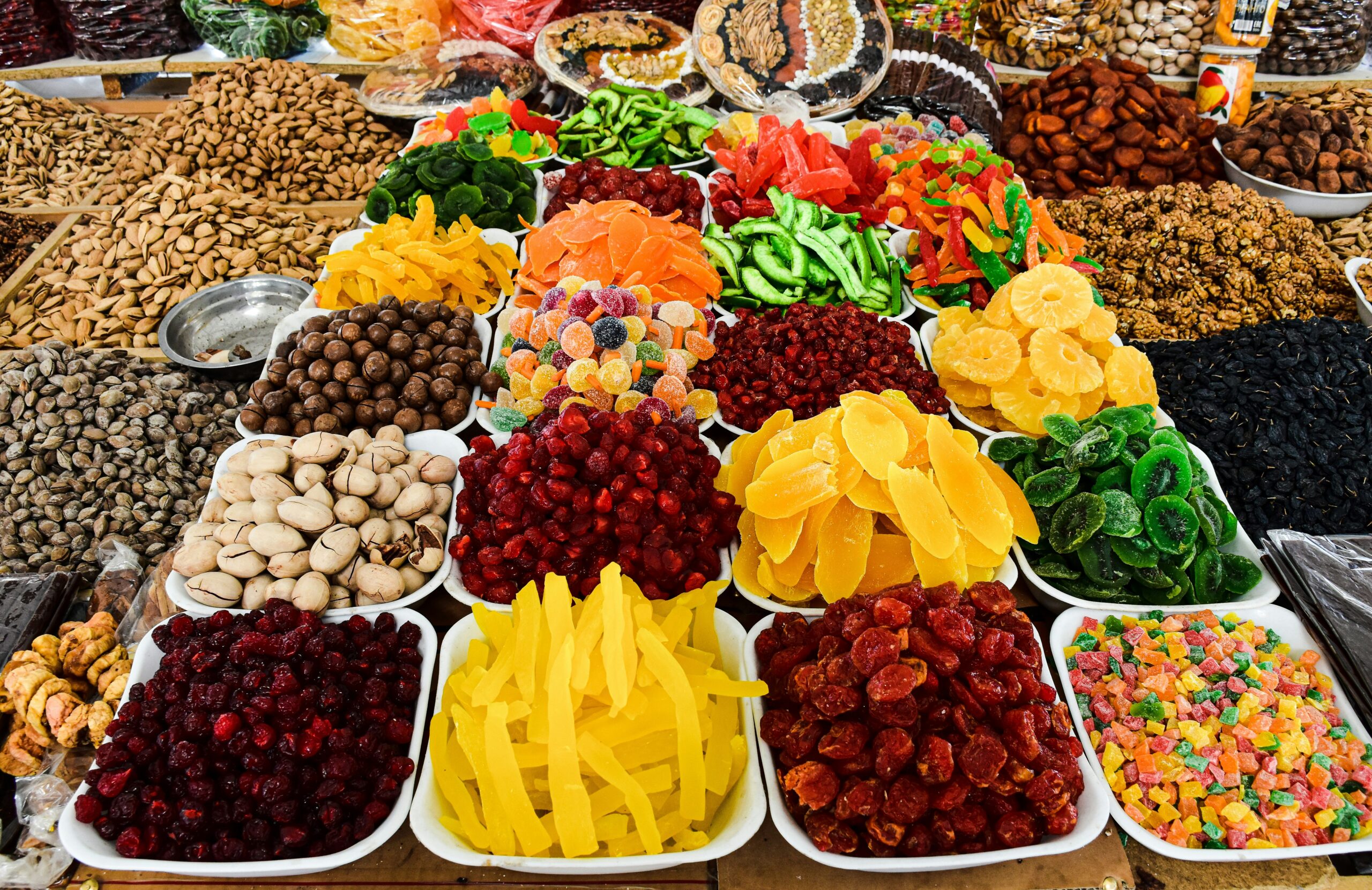
Fermented foods have long been celebrated for their unique flavors and health benefits, particularly their ability to boost gut health. Making probiotic-rich foods at home has become popular as people become more health-conscious and adventurous in the kitchen. From homemade sauerkraut to homemade kombucha, fermentation is not only easy but also offers a creative outlet for those who enjoy experimenting with flavors. If you’ve been curious about fermenting your foods, this guide will help you dive into trendy probiotics and show you how to craft them at home.
Understanding the Power of Fermentation: The Health Benefits
Fermentation is a natural process where bacteria or yeast break down food components like sugars, producing organic acids or alcohol. During this process, beneficial bacteria, known as probiotics, thrive. These probiotics support the gut microbiome, which is essential for digestion, immunity, and overall well-being.
The beauty of fermented foods is that they are rich in live microorganisms that offer health benefits beyond essential nutrition. They help promote a healthy balance of gut bacteria, improving digestion and boosting immune function. Whether you want to enhance your digestion, improve skin health, or support your immune system, adding probiotic-rich foods to your diet is a great way to reap these rewards. Making fermented foods at home means enjoying these benefits while getting creative with your flavors and ingredients.
Homemade Sauerkraut: A Simple and Nutritious Starter
Sauerkraut is one of the simplest fermented foods to make at home. Made from just cabbage, salt, and water, sauerkraut provides a great introduction to the world of fermentation. It’s also incredibly nutritious—rich in fiber, vitamins, and probiotics. Making sauerkraut at home gives you the ability to control the fermentation process, allowing you to create a version that suits your taste.
To make sauerkraut, start by shredding a cabbage into thin slices and sprinkling it with salt. The salt helps to draw out moisture from the cabbage, which creates a brine that promotes fermentation. Pack the salted cabbage tightly into a jar, submerging it in its brine to prevent mold growth. You can add caraway seeds or other seasonings to enhance the flavor, but the traditional recipe requires just cabbage and salt. Let the sauerkraut sit at room temperature for several days, tasting it periodically to check for the desired tanginess. Once the fermentation is complete, store it in the fridge to slow the process.
DIY Kombucha: A Fizzing, Flavorful Probiotic Drink
Kombucha is a fermented tea with a dedicated following due to its refreshing taste and probiotic content. It’s made by fermenting sweetened tea with a symbiotic culture of bacteria and yeast (SCOBY), transforming the sugars into beneficial organic acids and probiotics. Brewing kombucha at home is an enjoyable and easy way to experiment with different flavors and ensure you get the freshest, most health-promoting drink possible.
To brew kombucha, prepare sweet tea with sugar and tea bags. Once the tea has cooled, add the SCOBY and some starter tea from a previous batch or store-bought kombucha. Pour the mixture into a glass jar, covering it with a cloth or paper towel to allow airflow while protecting it from debris. Let it ferment at room temperature for about 7–14 days, depending on your desired level of tanginess. After the first fermentation, you can get creative by adding fruits, herbs, or spices for a second fermentation, adding flavor and increasing carbonation. Once it’s ready, refrigerate it to stop fermentation and enjoy your homemade kombucha.
Fermented Vegetables: Flavorful and Easy to Make
Fermented vegetables are a fantastic addition to your diet and an easy way to incorporate probiotics into your meals. Fermenting vegetables like carrots, cucumbers, or radishes is straightforward and offers much room for customization. Fermenting vegetables increases their shelf life and gives them a tangy, savory flavor that pairs well with various dishes.
To ferment vegetables, begin by chopping your vegetables into small pieces or slices. Next, prepare a brine using water and salt—this will help the beneficial bacteria thrive while keeping unwanted microbes at bay. Add spices or herbs you enjoy, such as garlic, dill, or mustard seeds, for extra flavor. Submerge the vegetables in the brine, ensuring they are fully covered. Seal the jar and let it ferment at room temperature for several days to a week, tasting periodically to see how the flavor develops. Once the vegetables have reached the desired sourness, transfer them to the fridge to slow the fermentation.
The Benefits of Homemade Fermented Foods: Fresh, Cost-Effective, and Customizable
Making fermented foods at home offers several benefits. First, homemade ferments are free from preservatives and additives often found in store-bought versions. You also control the ingredients, ensuring your creations are as fresh and natural as possible. Additionally, fermented foods made at home are more cost-effective in the long run than purchasing pre-made versions.
Another benefit of fermenting foods is the ability to customize the flavors. You can experiment with different vegetables, spices, and flavorings to create unique blends that suit your tastes. Whether you prefer your kimchi to be extra spicy or your kombucha infused with ginger and lemon, homemade fermentation allows you to create a variety of probiotic-rich foods tailored to your preferences.
Embrace the Fermentation Movement at Home
Crafting your probiotic foods at home is an enjoyable and rewarding process that provides numerous health benefits. Whether you’re making tangy sauerkraut, refreshing kombucha, or flavorful fermented vegetables, these foods offer an easy way to support your digestive health and boost your overall well-being. By embracing the fermentation movement, you can enjoy fresh, natural probiotic foods without relying on store-bought options. So grab your jars, gather your ingredients, and dive into the world of fermentation—your gut will thank you!